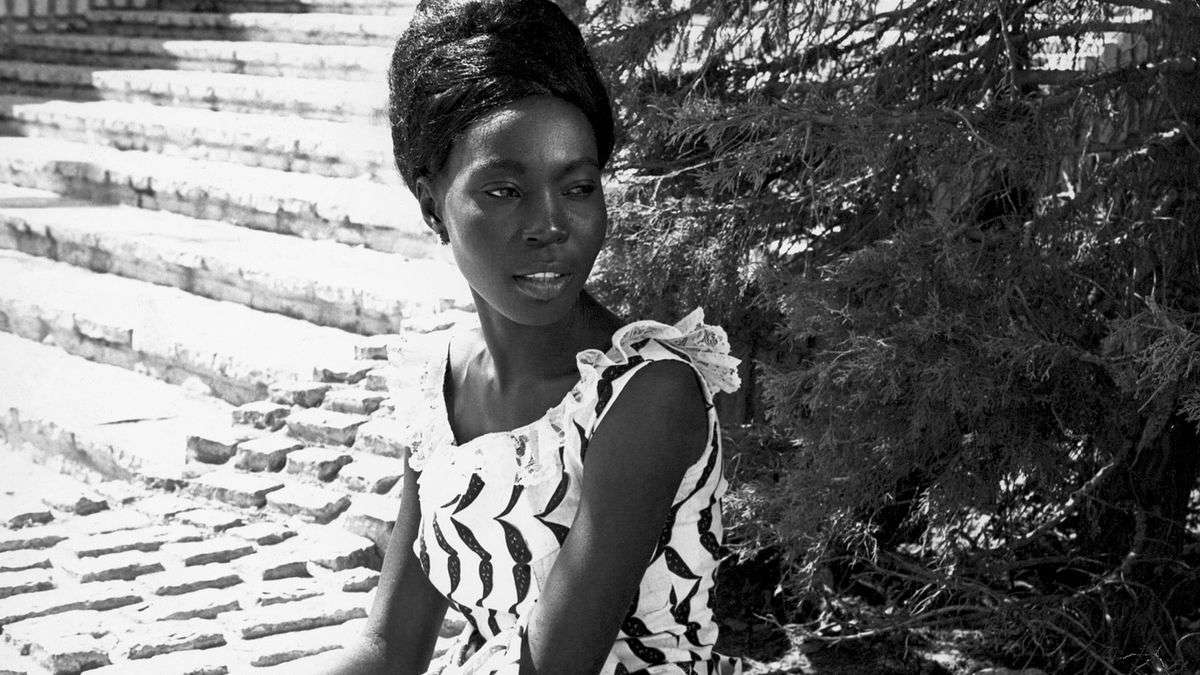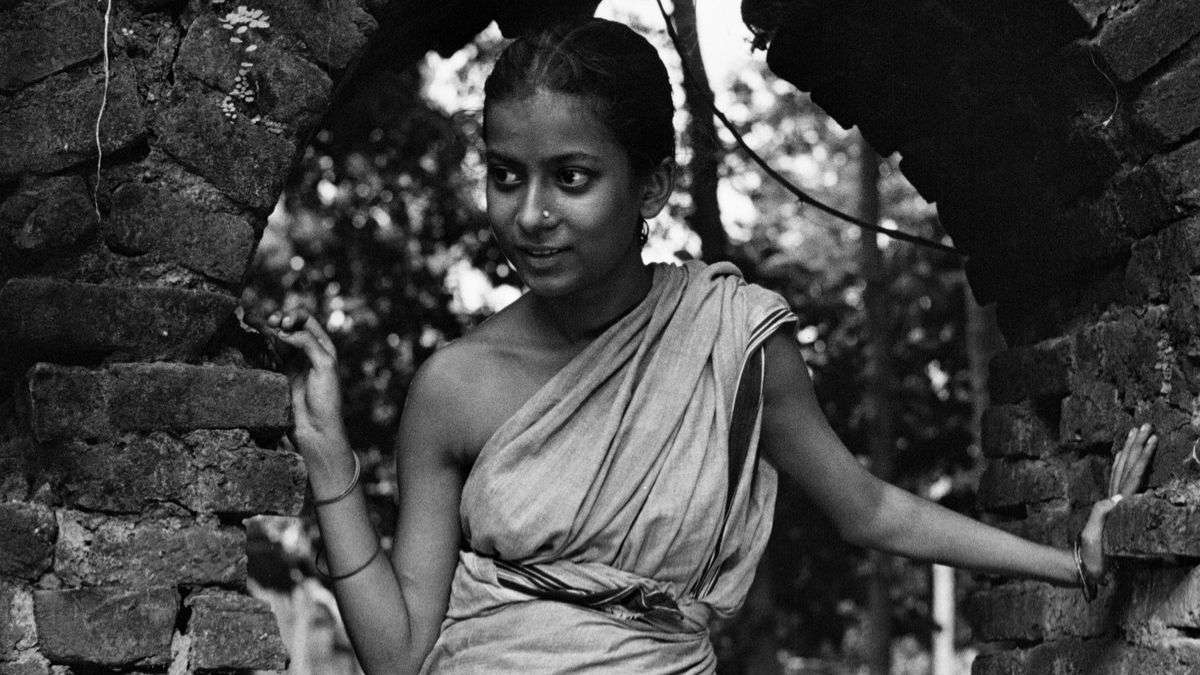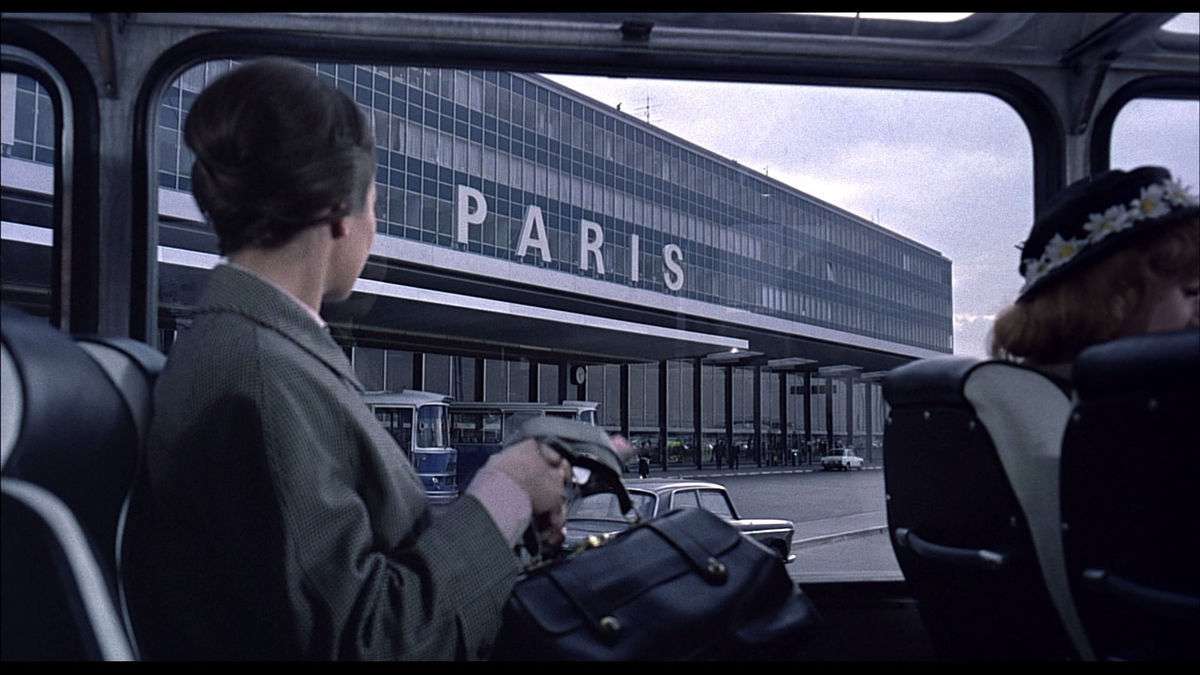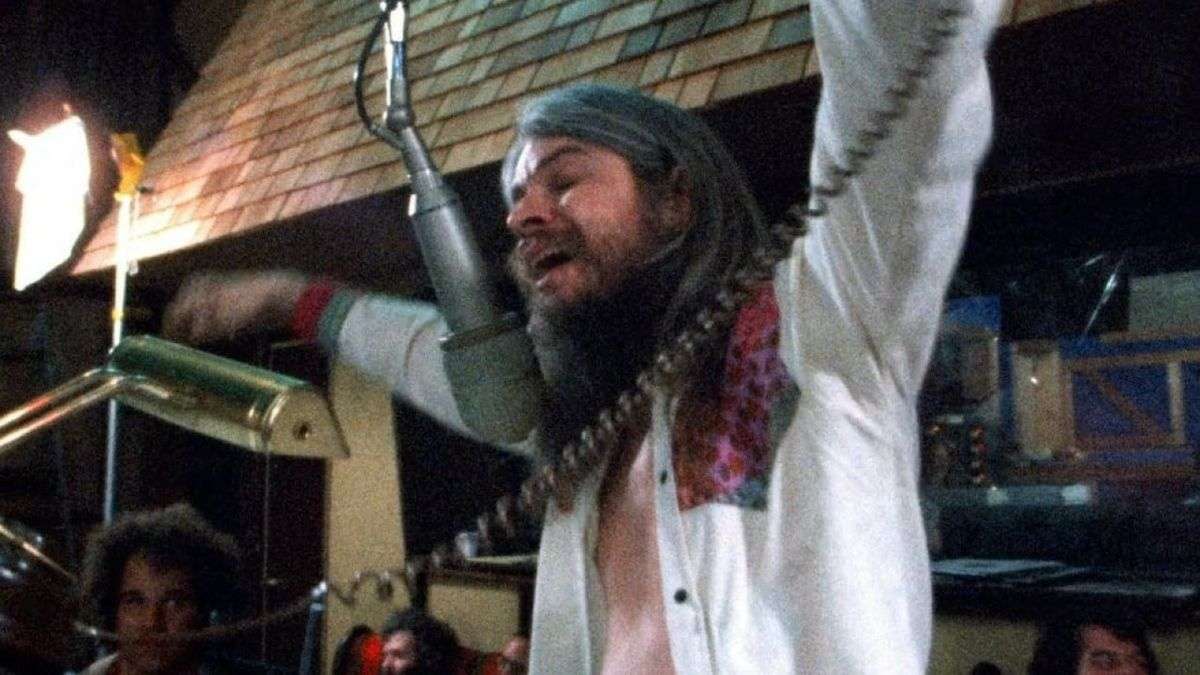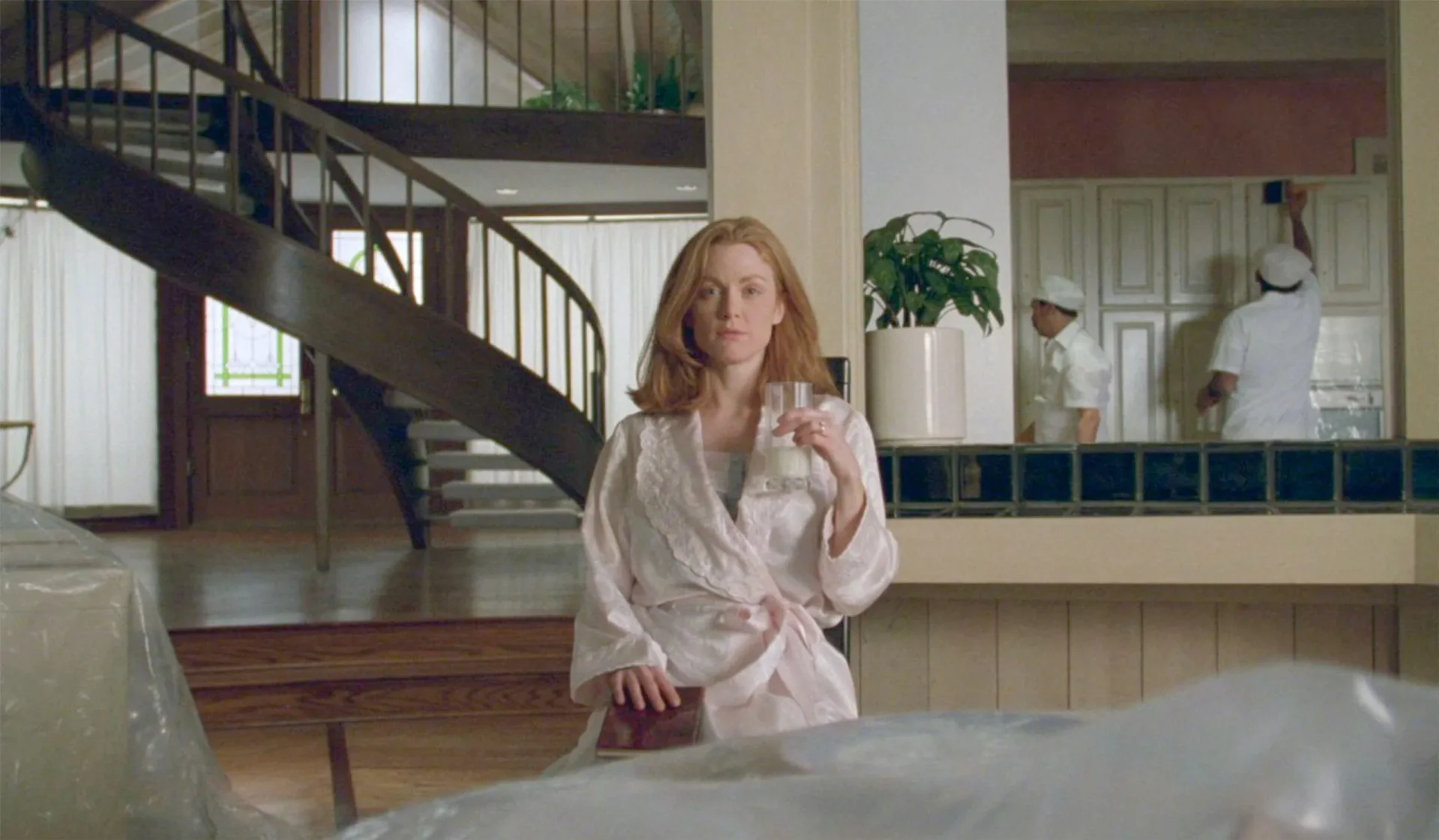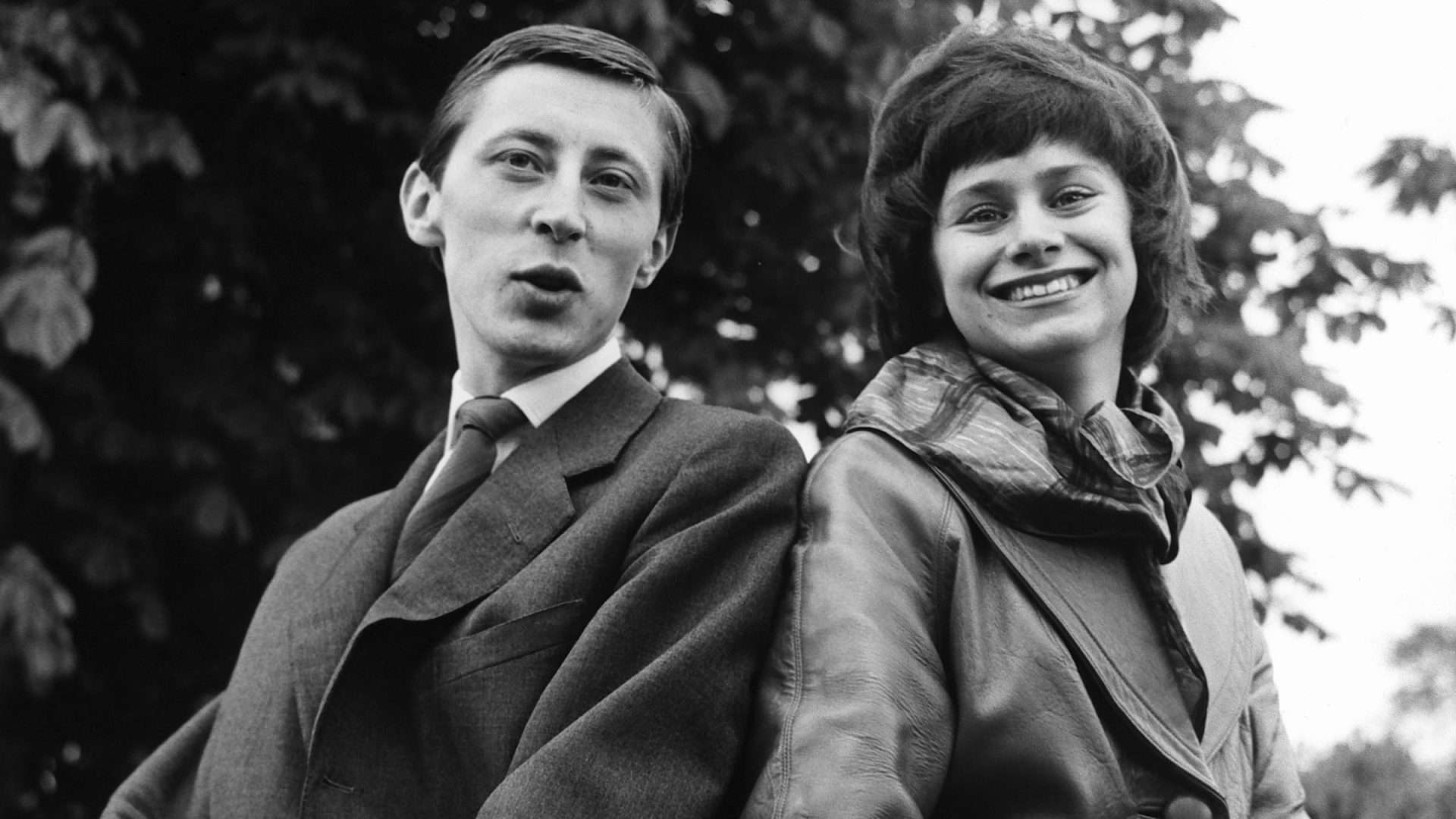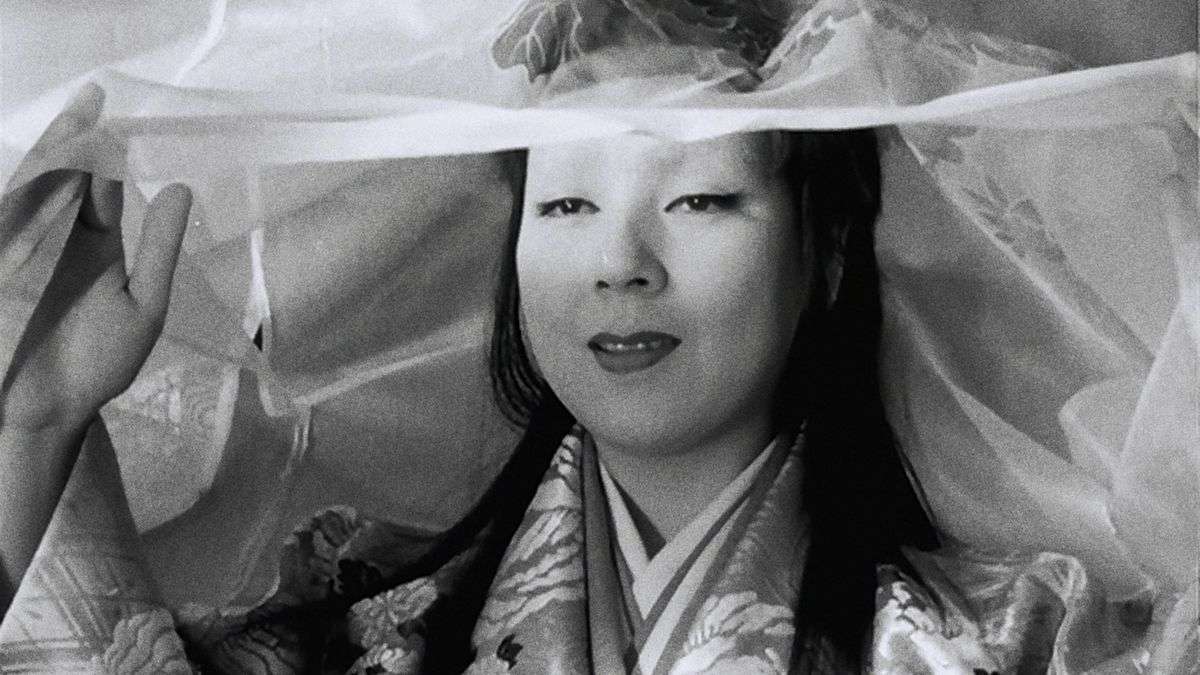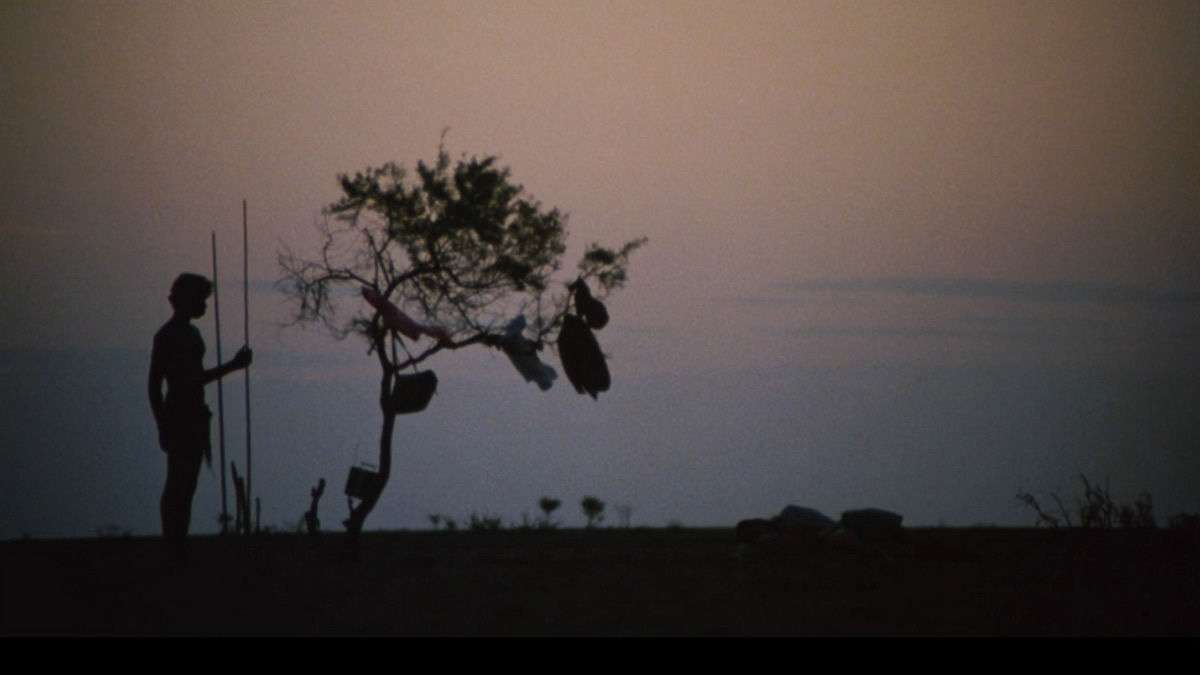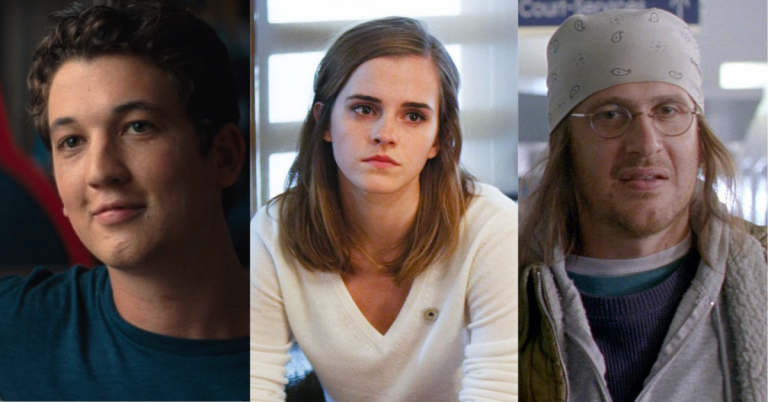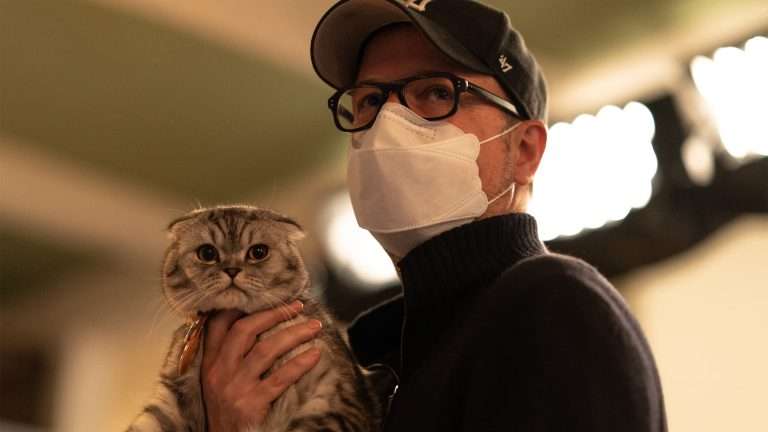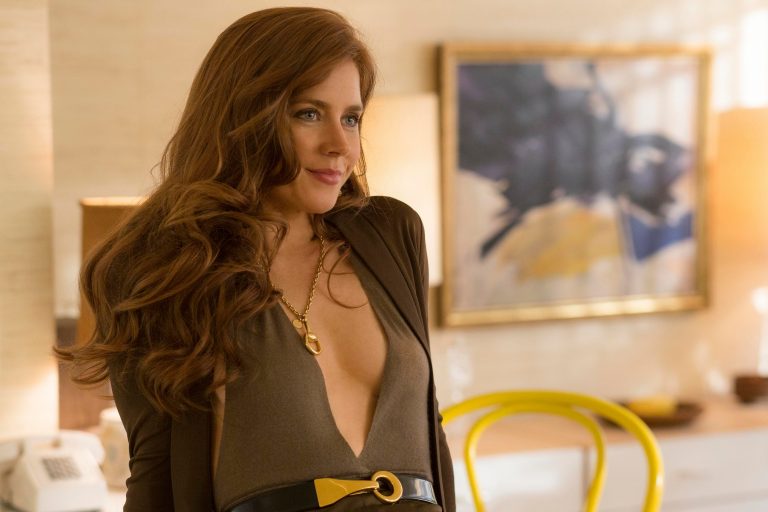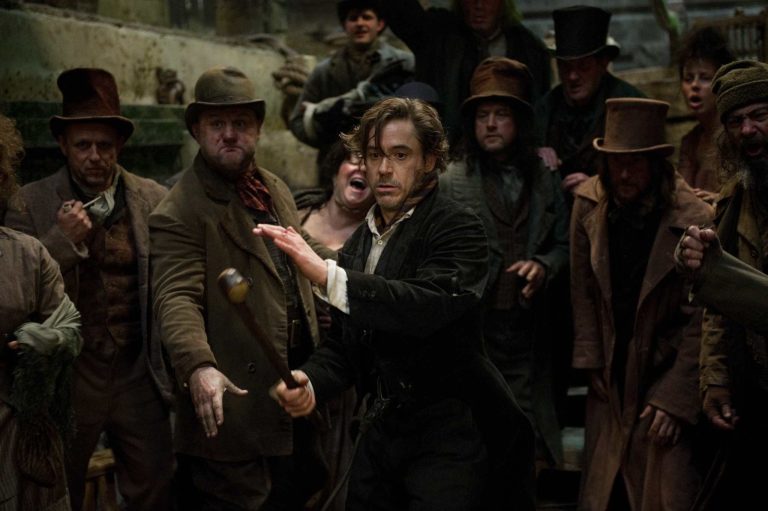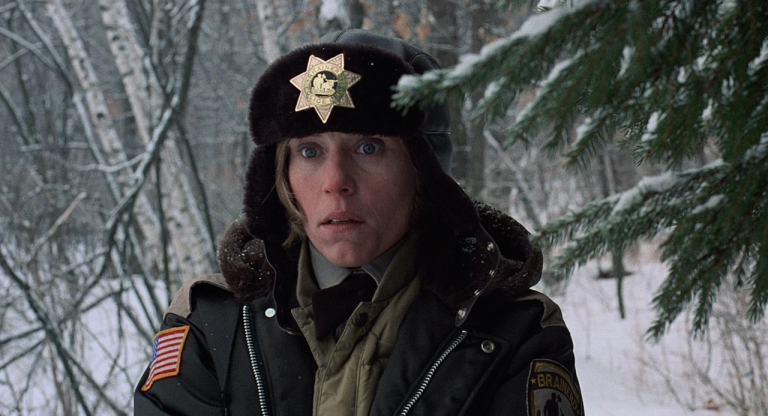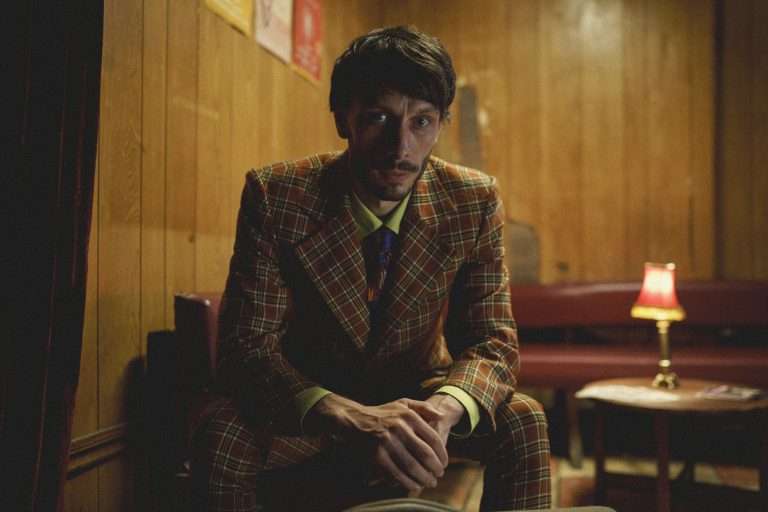Kelly Reichardt’s Top 10 List: A fictional story of ordinary people often sets the stage for exploring the depths of human experiences, but such content often fails to resonate with common people. For such content, the film industry is blessed to have American independent filmmaker Kelly Reichardt, whose distinctive directorial approach is characterized by its minimalist style and subtle storytelling that focuses on the lives of ordinary individuals. The premise of her films usually revolves around the mundane aspects of life, highlighting the struggles and complexities of everyday existence. Her commitment to capturing the essence of the human spirit in all its complexity is indeed commendable.
She made her feature film debut with “River of Grass” (1994) and subsequently directed a series of films set and filmed in Oregon: the dramas “Old Joy” (2006) and “Wendy and Lucy” (2008); the Western “Meek’s Cutoff” (2010); and the thriller “Night Moves” (2013). In 2016, she wrote and directed the Montana-set drama “Certain Women.” Since 2019, Reichardt has returned to directing Oregon-set dramas, with “First Cow” (2019) and “Showing Up” (2022).
Let’s reflect on the films that have impacted Reichardt.
1. Black Girl (1966)
I didn’t know anything going into this movie, and I was completely captivated the entire time. The lead performance is amazing, and I just love the way it all unfolds. It’s one of my biggest discoveries on the Criterion Channel, which makes everything so convenient.
2. Mouchette (1967)
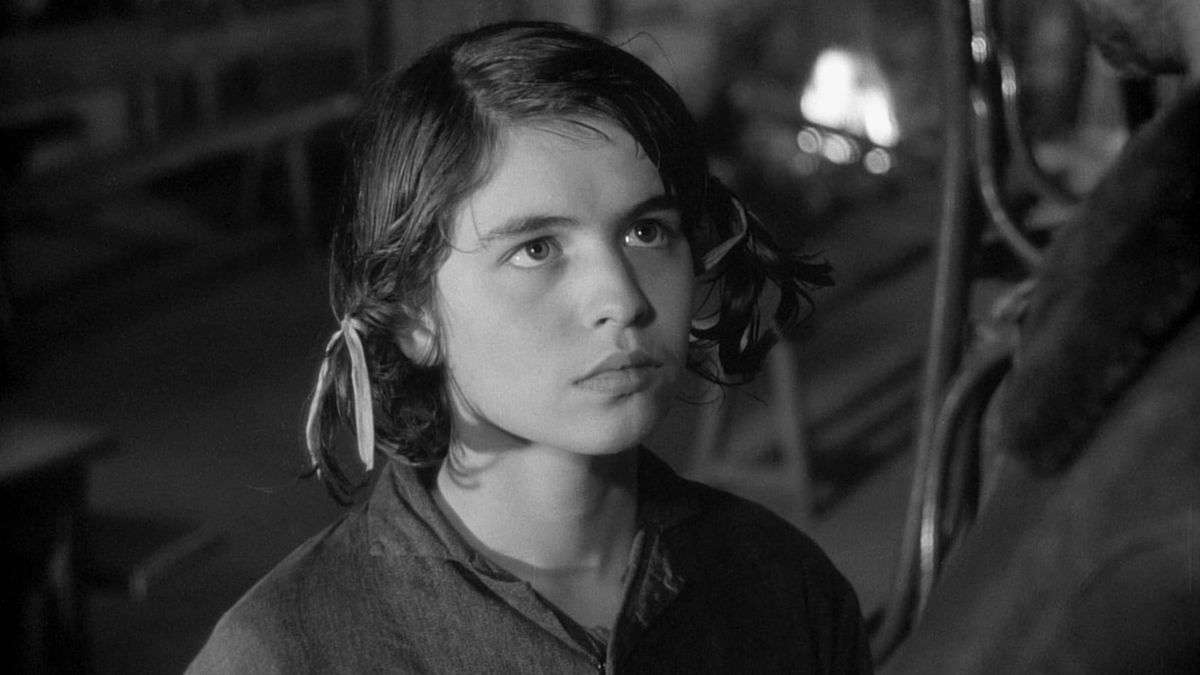
This is a perfectly structured film. There’s never anything extra, ever, with Bresson—he always gives you just the right amount. I love the opening with the birds, which serves as this sublime foreshadowing of what’s going to happen—although I bet some birds probably got hurt in the making! The performance by Nadine Nortier is incredible, and Bresson has this haunting way of shooting the back of her head. She doesn’t talk much at all, but because of her gestures—even just the way she makes coffee—the movie never feels stilted.
3. Pather Panchali (1955)
This movie has been a touchstone for me throughout my entire adult life. I first saw “The Apu Trilogy“ when I was in art school, and I think I was confused or overwhelmed by it at the time—it was my first encounter with that kind of cinema. But it stuck with me, and I return to it over and over again because it’s endlessly beautiful. I love the economy of Ray’s shooting style; he always does these simple pans, or he’ll just have people walk toward and away from the camera.
There are no complicated bilateral moves, and he really just goes with what’s in the frame. And his sound design is so powerful. These films manage to fit big political elements into tiny, familiar stories that follow the course of the life of a family. I got to see “Pather Panchali” in Portland on the big screen right before I started shooting “First Cow,” and it definitely had an impact on that film.
4. PlayTime (1967)
I used to use this in a class I taught on sound. There’s a part where Tati is in a waiting room and sitting on all these squeaky chairs, and then you hear clickety-clackety sounds in the hallway. I love the contrast between how clean and slick everything in that set is with his little umbrella and raincoat. It’s all so cartoony, but you’re worried about this character the whole time. Everything is done through gesture, and Tati’s performance is so brilliant it makes you feel such concern for this man drifting in this modern world.
5. A Poem Is a Naked Person (1974)
What a strange movie. I had been hearing about this film for years and couldn’t ever find a way to see it, but it finally played at the Hollywood Theatre in Portland. Those film stocks don’t exist anymore—this is 16 mm at its best, and it looks gorgeous. Les Blank was shooting with all this natural light, and it makes for such a great portrait of the South at a certain moment in time with a bunch of total weirdos!
6. Safe (1995)
I never tire of using this film in the classroom because there’s always more to glean from it, and I say this as someone who has seen it many, many times. Before I saw it, I had already read Todd’s script, and I did not have any understanding of what it was going to be. I just remember seeing it in New York City at a small screening, and I was in the movie for so long after that—I couldn’t shake it. I came out so hyperaware of every little thing. At the time, I was living above a dry cleaner, and I became obsessed with every smell around me.
Julianne Moore is amazing in the movie—is there a better performance? This is a film that, if you don’t know anything about it, you certainly won’t know where it’s going. I remember riding in a cab with some big film critic at the time who said, “You won’t believe what I saw today! Some story about a housewife who gets sick—can you believe it?” He had no idea what to make of it, but people have really revised their opinions since then. It’s so masterful, and it’s some of my favorite Todd Haynes writing—it’s so darkly funny.
7. A Taste of Honey (1961)
I revisited this recently after telling some friends to watch it. When you think of the time this was made, and you realize this is a story about a pregnant girl who decides to get her own place and make best friends with a gay man, it’s pretty astonishing. Everything about her life and the morality depicted in it is so 1950s, but she’s this outcast and is not even very likable. But you’re completely on her side. Can you think of another female role like that? It’s a really complicated portrait of a young woman who doesn’t want to get married and just wants to live in her weird house with her friend.
8. Ugetsu (1953)
This was also an influence on “First Cow.” I was drawn to how down-to-the-ground the cinematography is and how you spend so much time with these characters, who are ambitious craftspeople. There are so many tactile details in there, like how the characters have to start the fire and keep it going to make their pottery.
I’m sure it was shot on soundstages, but there’s such simplicity and earthiness to the way Mizoguchi captures details, like the thatched roofs in the corners of the frames or the atmosphere at the marketplace. At the same time, you think of the dream sequence and the boat scenes and the fog—it’s all pretty surreal. And the performances are so amped-up and theatrical.
9. Walkabout (1971)
I have such a linear brain, so I admire filmmakers like Nicolas Roeg, who can make these incredible montages that tell a story more associatively. It doesn’t seem like a huge effort for him; that’s just the way his mind works. There’s this feeling throughout the movie that there were many different ways that it could have been put together. When we were making “Meek’s Cutoff,” there was a scene we shot in which a Native American goes on a dream quest, and the writer Jon Raymond and I rewatched this for inspiration.
10. Wanda (1970)
Why isn’t Barbara Loden more celebrated in the history of film? I don’t understand. Aside from her performance and her sense of framing, I love the way she plays with genre in unexpected ways in this movie. Who else was doing that at that time? You get a true sense of place and people, and all the side actors are fantastic.


